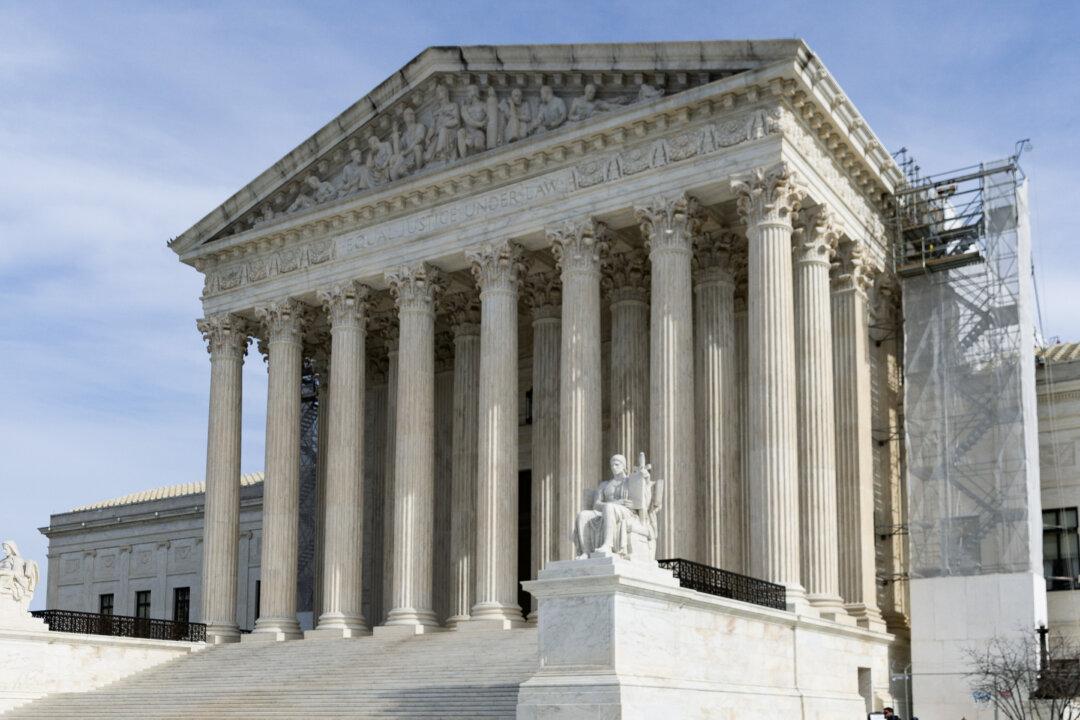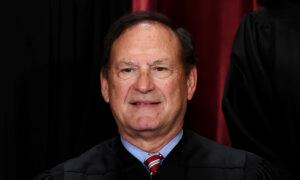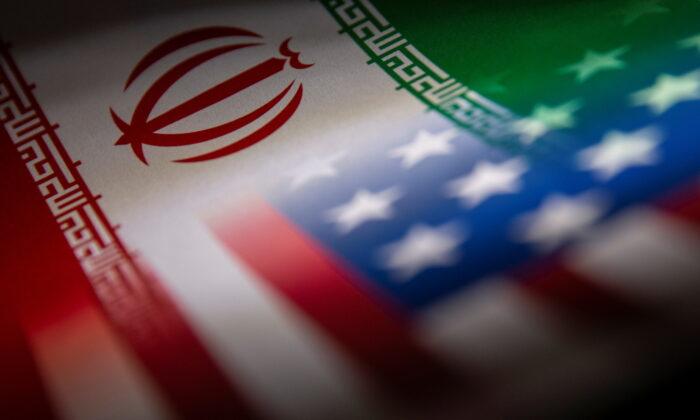In answer to the headline question, if its refusal to take up a recent case concerning a school board’s alleged effort to implement affirmative action by proxy is any indication, the answer would be a resounding “yes”—foretelling coming chaos in legal disputes not only over admissions policies in the academy, but those the diversity, equity, and inclusion (DEI) regime is imposing across all societal institutions.
On Tuesday, Feb. 20, the highest court in the land denied the petition for writ of certiorari in Coalition for TJ v. Fairfax County School Board.
The case presented the very kind of challenge the court sought to preempt in its landmark Students For Fair Admissions v. Harvard decision last summer, outlawing race-based admissions.
Then, writing for the majority, Chief Justice John Roberts warned that schools thinking of skirting the ruling by engineering admissions processes to achieve desired racial mixes in schools without explicitly selecting students based on their race—that is, to pursue the ends of affirmative action by employing alternative means—better think twice.
The “TJ” stands for Thomas Jefferson High School for Science and Technology, a highly selective magnet school in Fairfax County, Virginia.
Prior to 2020, the school instituted a race-blind admissions policy relying heavily on a series of standardized tests to select its classes. Asian American applicants dominated under this system, typically receiving 65 to 75 percent of offers to attend the school.
Amid the Woke anti-cultural revolution that roiled the country that summer, some took umbrage with these outcomes.
The school’s principal and one school board member lodged complaints that the institution did not reflect the racial makeup of the community from which it drew its students. The board member demanded, in communications with the Fairfax County Public Schools superintendent, that he “be explicit in how we are going to address the underrepresentation of [b]lack and Hispanic students.”
The board would approve a resolution articulating a goal to have the school’s “demographics represent [those of] the NOVA [Northern Virginia] region.”
It would proceed to model out various changes to admissions policy, and their effect on the composition of the student population by race, in accord with the underlying desire to “diversify” the school.
The board would ultimately overhaul its admissions policy, instituting a new system in December 2020 that did away with standardized tests altogether. Instead, the school pursued a facially race-neutral policy that would have the effect of dramatically reducing the proportion of Asian-American students in incoming classes.
It did so both by changing the criteria for selecting applicants, as well as the pool of applicants from which it would be selecting.
The new standards were based on students’ grade point average, as well as a “portrait sheet,” problem-solving essay, and “experience factors.” The portrait sheet is meant to measure “soft” skills like one’s ability to work with other students. Experience factors include one’s eligibility for free or discounted meals, status as an English language learner, eligibility for special education services, and attendance at a school that had sent a low percentage of students to the Thomas Jefferson school previously.
The policy also mandated that slots in each incoming freshman class be allocated to 1.5 percent of the student population of each eighth-grade class in the district—accounting for about 80 percent of the school’s approximately 550 seats. The remaining approximately 100 seats would be earmarked for the general student population, which would also be evaluated according to the new less-merit-based standards.
The end result was that in the year before the board implemented the new policy, Asian-American students earned approximately 73 percent of all offers to attend the school. In the year after the board implemented the new policy, the number plummeted to 54 percent.
By dramatically increasing the weight of factors for admission other than test scores, and altering the pool of eligible students for spots, the board punished Asian-American students. This was self-evidently the intent of a policy aimed at creating representation in schools more consistent with the racial mix of the overall student population.
The Coalition for TJ, representing parents and children opposed to the revised admissions policy, claimed the new policy was discriminatory, violating the 14th Amendment’s Equal Protection Clause.
The District Court for the Eastern District of Virginia ruled in the plaintiffs’ favor, enjoining the school board from using its new criteria.
But on appeal the Fourth Circuit disagreed, reversing the decision.
The plaintiffs appealed to the Supreme Court, alleging that the Fourth Circuit had erred by dismissing “evidence that the Board chose the new criteria to further its racial balancing goal—and evidence that the policy substantially reduced both the raw number and the proportion of Asian Americans admitted” in violation of the 14th Amendment.
Yet despite having invalidated Harvard and the University of North Carolina’s affirmative action programs on these very grounds last term, and despite the fact that the Fourth Circuit panel issued varying opinions in overturning the District Court, suggesting little unanimity on the case, the Supreme Court denied the plaintiffs’ petition for writ of certiorari.
In his reading of the ruling, Justice Alito said that the panel ruled against the plaintiff:
“simply because the challenged changes [to admissions standards] did not reduce the percentage of Asian-American admittees below the percentage of Asian-American students in the schools in the jurisdictions served by the magnet school. What the Fourth Circuit majority held, in essence, is that intentional racial discrimination is constitutional so long as it is not too severe. This reasoning is indefensible, and it cries out for correction.”
Justice Alito added that by its own logic, the Fairfax County school board “could have adopted a policy designed solely to reduce the Asian-American offer rate and still evaded liability.”
This would be a patently absurd outcome.
In SFFA v. Harvard, Chief Justice Roberts cited past precedent regarding efforts to evade policies aimed at racial balancing via clever workarounds, in writing that:
“‘[W]hat cannot be done directly cannot be done indirectly. The Constitution deals with substance, not shadows,’ and the prohibition against racial discrimination is ‘levelled at the thing, not the name.’”
Yet he and others remained silent here.
Perhaps the Court is waiting for a more compelling demonstration of discrimination by proxy in admissions to take on this matter.
But in the interim, we can expect the injustice of continued, court-sanctioned racial discrimination to fester.
As Justice Alito concluded:
“the Fourth Circuit’s reasoning is a virus that may spread if not promptly eliminated. Indeed, the First Circuit has already favorably cited the Fourth Circuit’s analysis to disparage the use of a before-and-after comparison in a similar equal protection challenge to a facially neutral admissions policy.”
The Court has delivered another sobering reminder that its purportedly conservative orientation by no means ensures that it will rule rightly.
In the end, it is no panacea.
There are few substitutes for legislative action, and fewer for the cultural change on which all else ultimately rests.







